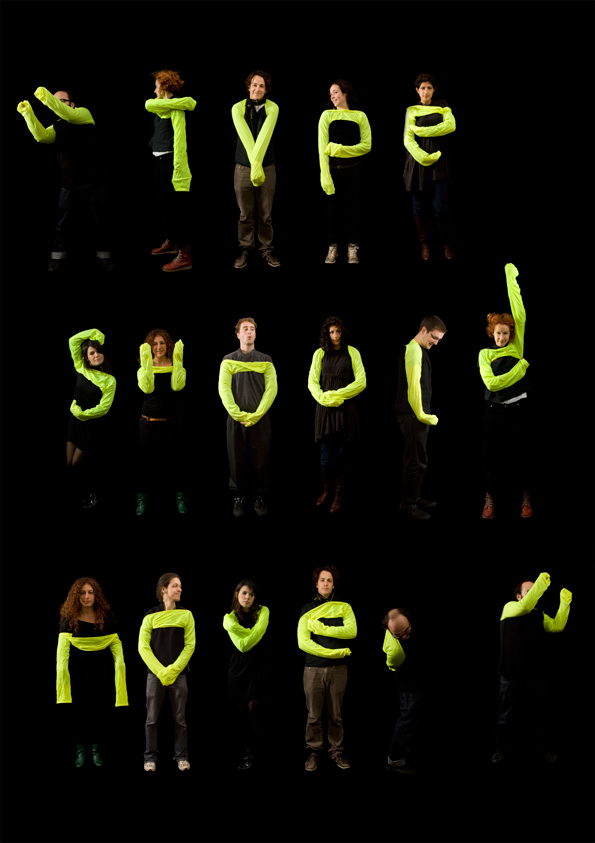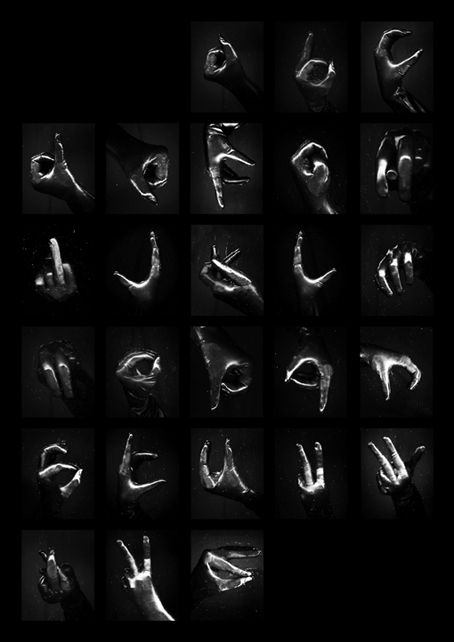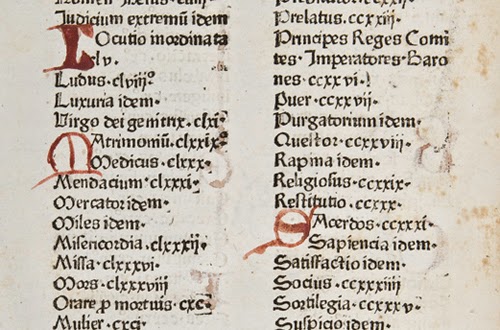We are all attached at the hip to our phones so as designers
we should want to know what some of the best and most fun apps for our phones
are. The
app world is full of ways to improve your type skills and make type even more
of your life then it already is. Most of these apps are just for IPhone/IPad
because I have an IPhone and was able to test these ones out.
What the
Font - free
This app lets you take pictures of fonts in every day life and
shows you similar fonts and finds the font that you are looking for. It is not
the most reliable but it works if the background is not to busy and the text is
legible.
FontBook - 3.99
Fontbook is a resource for researching and comparing typefaces
and fonts. It looks very extensive it has hundreds of examples. I didn’t
download this app because I couldn’t afford to buy all these apps but this app
had great reviews.
The Font
Game - .99
The font game was created by Justin Stahl. It is a game where
you have to guess what font is being shown there are 30 fonts and once you
master those you move on to type terminology. I had a good time playing it
trying to improve my score.
Helvetica
vs Arial - free
This game is really simple you look at the word or sentence in
front of you and say if it is either Helvetica or Arial. The more you get right
the higher your score you get 3 lives. And was fun to play.
Kern - free
Kern is a game that teaches kerning. A random word with a
missing letter appears at different point sizes. As the leading begins to
shrink, you move the missing letter to its proper space. Your score is
calculated based on the size of the type, the leading height, and the
perfection of placement. It's a lot of fun and a great way to brush up on your
skills. I thought this game was a little confusing but it was still interesting
to play.
The
Typography Manual - 3.99
This is a typeface and font resource that has a lot of helpful
information including details on type anatomy, a glossary of type terminology,
Mac and HTML key combos, an Em calculator, and a font-size ruler. I found it to
be really helpful and worth the money.
Ampergram - free
This
app was created by Philip Pastore. It lets you create endless typographic
compositions using photos of fonts. You can also take your own photos and
upload them yourself. And then you can save these text images to your phone and
share them with your friends
OverGram - free
Over is the full version but it does cost money. This app
Over is the perfect choice for any Instagram addict, enabling you to add
typography to your images quickly and easily. I thought it was fun and had a
lot of choices its not a learning app but still fun.






































